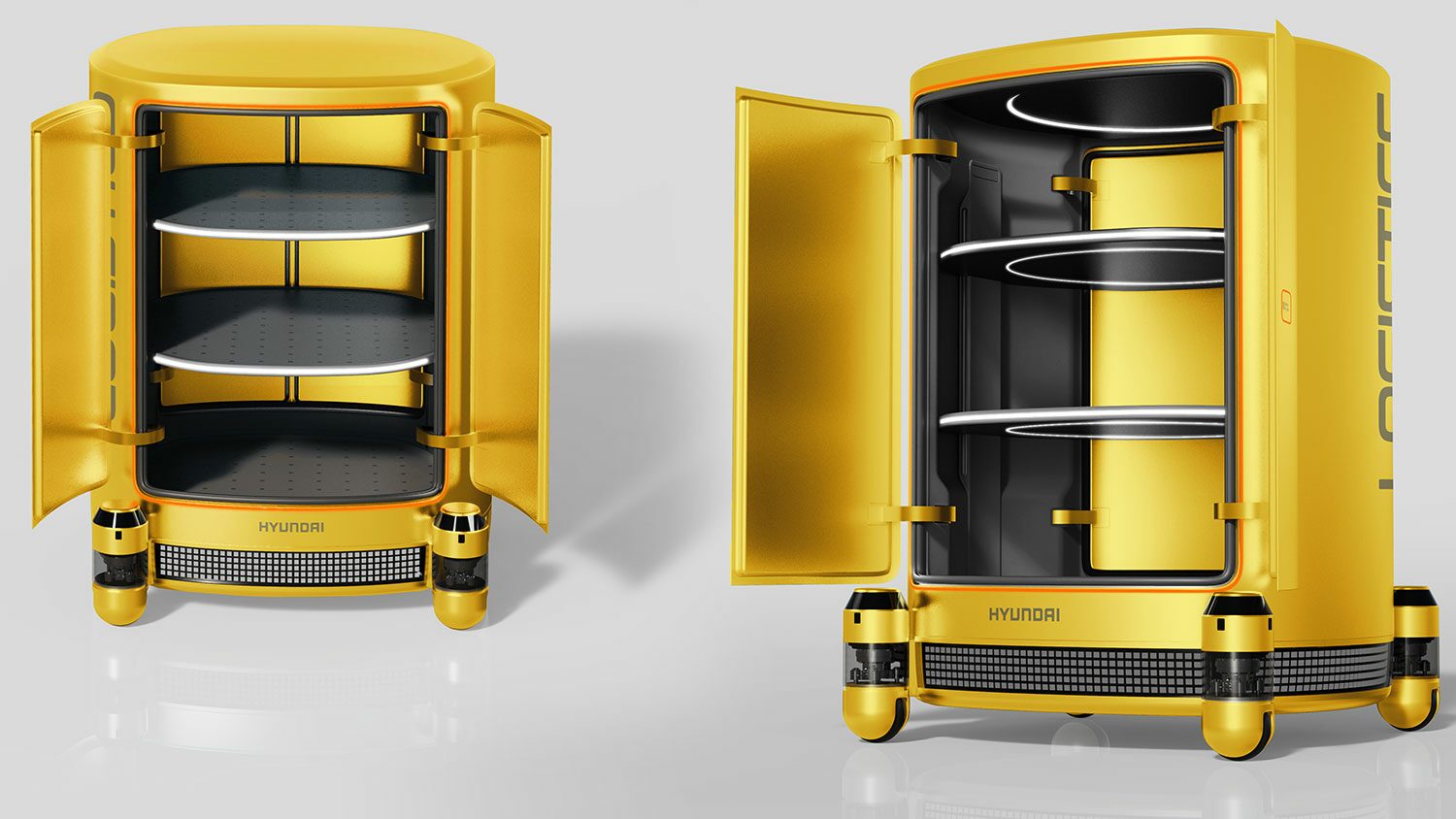At CES in Las Vegas, Hyundai unveiled a new mobility technology
In partnership with Boston Dynamics, a technological breakthrough has been created that could scare those who have a hard time accepting robotics science.

It all revolves around taking mobility to an astonishing level that we would never have imagined and not just about robots working autonomously.
In a statement affirmed by Dong Jin Hyun, Vice President and Chief Executive Officer of Hyundai's Robotics Laboratory; it was announced that "the objective is for robotics to make possible all kinds of personal and connected mobility, which is capable of communicating, moving and performing tasks autonomously".
This implies that "you will not move your things, but they will move around you".
After all, lifeless things will acquire a mobility worthy of appearing in science fiction movies. In addition, this opens up additional opportunities to organize spaces.
For example, an office can be arranged so that furniture can be moved to where it is set up as the schedule requires.
This will be possible thanks to Plug & Drive (PnD), which combines an intelligent steering mechanism, a slowdown system, an electric mobility, frames and cameras for safe mobility.
In addition, the modules of this PnD stage can be applied to many components, such as product compartments, seats, tables, etc.
Moreover, the Korean organization has introduced four equally amazing vehicle systems.
At 188 centimeters high, 125 long and 133 wide, Personal Mobility is designed to be operated via a joystick and is intended for the solo traveler in the city.
On the other hand, Service Mobility and Logistic Mobility, with almost the same characteristics, are used for the transport of goods and offer an extra space that opens and closes like the rear compartment of a conventional vehicle.
Service Mobility is planned to be used to transport luggage in hotels, while Logistic Mobility will be used in company warehouses.
Finally, the L7 model is a solo vehicle that uses a larger PnD module (12 inches), whose seat pivots so that the traveler can enter and exit the vehicle more easily.
However, Hyundai's advances at CES do not end there, as guests were also able to see the presentation of the MobED mobility platform, which features an acceleration, brake and steering mechanism.
As it can be installed in different places, its use could vary, but they anticipated that it can be used for manned and unmanned vehicles.
It would be 30 centimeters high, so the user would go on top of the mechanism, it also has 60 centimeters wide and 67 centimeters long, its performance would be more productive in the city, and it could reach 30 kilometers per hour.
